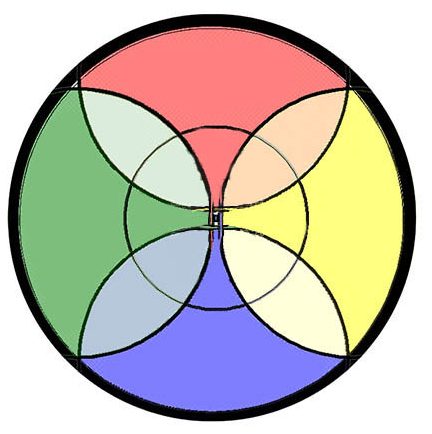Becoming a patron of the arts used to be the privilege of the rich. Perhaps it would be seen as a duty, perhaps an expression of power and social ambition. Sometimes simply a tax dodge, but on other occasions passionate patrons could bankrupt themselves leaving contributions they believed contributed to the good of society at large. Through various web sites, or by establishing direct relationships, the opportunity to experience becoming a patron has opened up to those who can afford the price of an extra coffee a week.
Since you are reading this, you are probably already aware of the ways in which Quartz uses artwork online. We also make physical visual arts. Most are enjoyed free at point of access. There is usually a link between the two in each project we work on.
(I’ve posted the artwork from the photo on my patreon page. I’m working on making others more useful for digital displays and printing on service sheets).

On a larger scale artists working as Quartz have developed tapestries, massive installations, walk in labyrinths – and simple cards. They are a way of acting creatively with the world we exist in, with the wider communities we are part of.
In general, this is what artists do and have always done even though the tools change from gold leaf on vellum to illuminated screens. If you’d like to contribute your creativity through Quartz please get in touch to get involved!

Another opportunity the digital age presents are new ways in which many more people can become patrons of the arts and get involved that way.
It is possible for people to like and share their preferences online. In a similar way to encourageing people to visit a gallery in person, you can now share an experience worldwide through your smartphone and friendship networks. Instead of relying on centralised funding and commercial galleries anyone with digital access has the potential to help build up virtual galleries and networks that celebrate new folk art, emerging artists, or amateurs creating for the love of it.

Have you ever looked round social media platforms, Etsy, Patreon, or small high street galleries specifically to discover ways you can nurture artists?
Learning to do so online is a discipline – fight the algorithms which consume your attention! You can use your likes, comments, and subscriptions to shape the online world.
You can find my Patreon page by following this link

